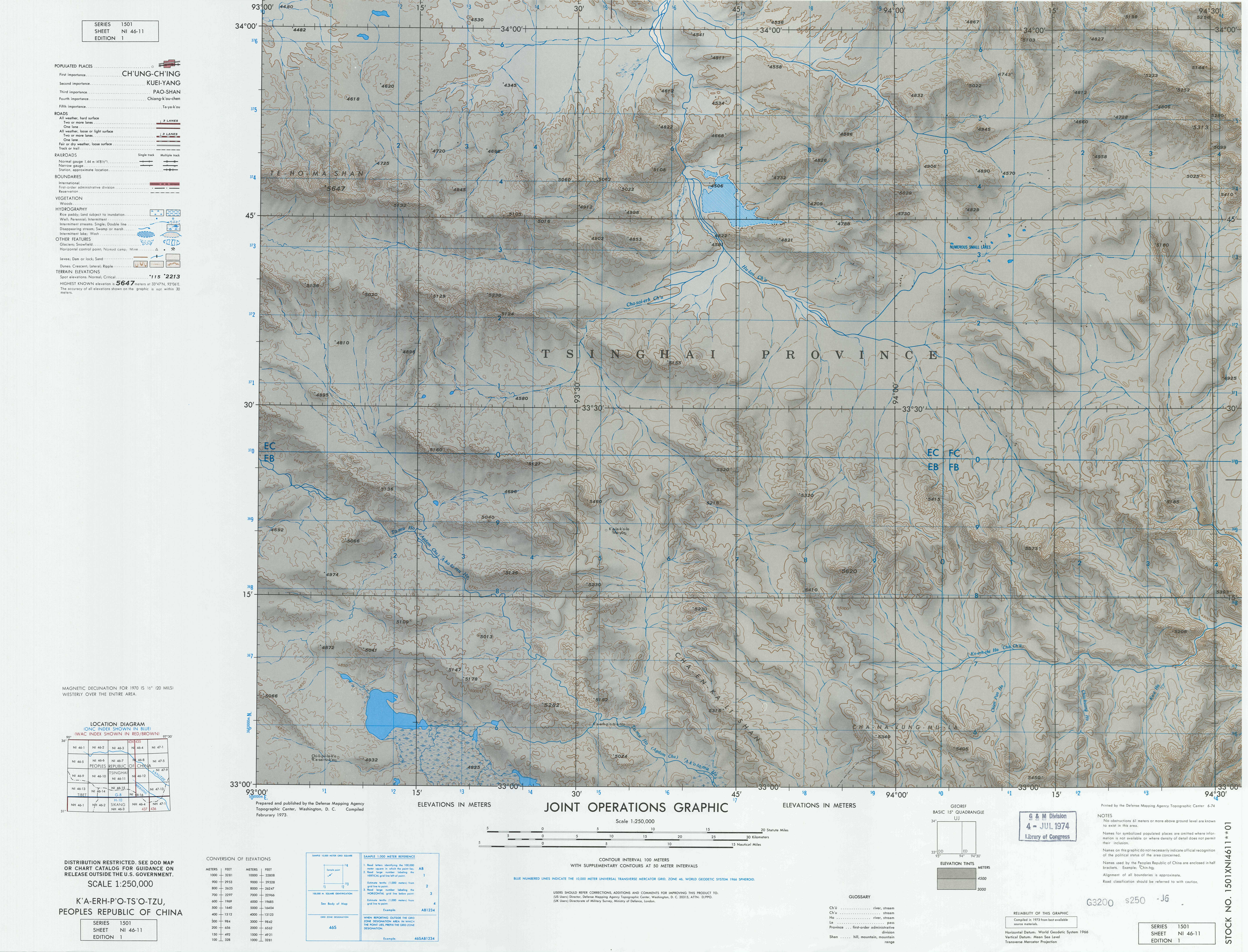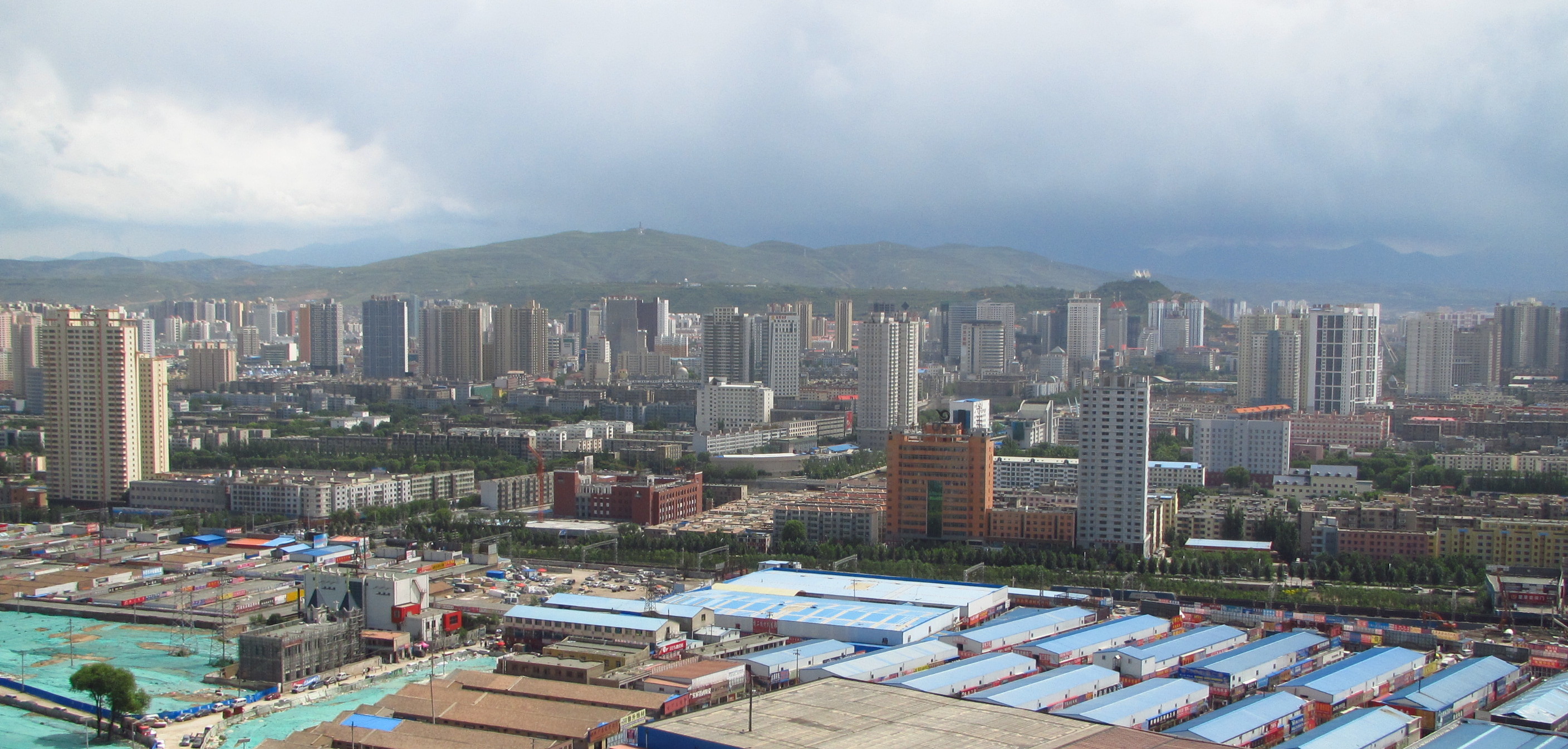|
Qapugtang
Qapugtang (; Tibetan: བྱ་ཕུག་ཐང།) is a town in Zadoi County, Qinghai, China. The county seat of Zadoi is located in the Town of Qapugtang. Qapugtang has an altitude of about 4068.5 m. Formerly known as Jiezha Township (), Qapugtang Town was renamed in 2001. Qapugtang has a population of about 7000. Qapugtang is accessible through the Provincial Highway 309 of Qinghai. Qapugtang was in the affected area of the 2010 Yushu earthquake, and the reconstruction of Qapugtang was supported by Xining Xining (; ), alternatively known as Sining, is the capital of Qinghai province in western China and the largest city on the Tibetan Plateau. The city was a commercial hub along the Northern Silk Road's Hexi Corridor for over 2000 years, and wa .... References {{reflist Populated places in Qinghai Township-level divisions of Qinghai Yushu Tibetan Autonomous Prefecture ... [...More Info...] [...Related Items...] OR: [Wikipedia] [Google] [Baidu] |
Zadoi County
Zadoi County (; ; also Dzatö or Dzatoe) is a county in the southwest of Qinghai Province, China, bordering the Tibet Autonomous Region to the south. It is under the administration of Yushu Tibetan Autonomous Prefecture Yushu Tibetan Autonomous Prefecture (, , retranscribed into Tibetan as ), also transliterated as Yüxü or Yulshul, is an autonomous prefecture Autonomous prefectures () are one type of autonomous administrative divisions of China, existing .... The county seat is in the Town of Qapugtang (). Administrative divisions Zadoi County (Zaduo County) is divided to 1 towns and 7 townships. ;Towns * Sahuteng () ;Townships Climate References External linksOfficial website of the County government County-level divisions of Qinghai Yushu Tibetan Autonomous Prefecture {{Qinghai-geo-stub ... [...More Info...] [...Related Items...] OR: [Wikipedia] [Google] [Baidu] |
Towns Of The People's Republic Of China
When referring to political divisions of China, town is the standard English translation of the Chinese (traditional: ; ). The Constitution of the People's Republic of China classifies towns as third-level administrative units, along with for example townships (). A township is typically smaller in population and more remote than a town. Similarly to a higher-level administrative units, the borders of a town would typically include an urban core (a small town with the population on the order of 10,000 people), as well as rural area with some villages (, or ). Map representation A typical provincial map would merely show a town as a circle centered at its urban area and labeled with its name, while a more detailed one (e.g., a map of a single county-level division) would also show the borders dividing the county or county-level city into towns () and/or township () and subdistrict (街道) units. The town in which the county level government, and usually the division's main ... [...More Info...] [...Related Items...] OR: [Wikipedia] [Google] [Baidu] |
Province (China)
The provincial level administrative divisions () are the highest-level administrative divisions of China. There are 34 such divisions claimed by the People's Republic of China, classified as 23 provinces (), five autonomous regions of China, autonomous regions, four Direct-administered municipalities of China, municipalities and two Special administrative regions of China, special administrative regions. The political status of Taiwan, political status of Taiwan Province, People's Republic of China, Taiwan Province along with Fukien Province, Republic of China, a small fraction of Fujian Province remain in dispute; those are under separate rule by the Taiwan, Republic of China, which is usually referred to as "Taiwan". Every province on Mainland China (including the island province of Hainan) has a Chinese Communist Party (CCP) provincial committee (), headed by a secretary (). The Chinese Communist Party Committee Secretary, Committee Secretary is effectively in charge of the p ... [...More Info...] [...Related Items...] OR: [Wikipedia] [Google] [Baidu] |
Qinghai
Qinghai (; alternately romanized as Tsinghai, Ch'inghai), also known as Kokonor, is a landlocked province in the northwest of the People's Republic of China. It is the fourth largest province of China by area and has the third smallest population. Its capital and largest city is Xining. Qinghai borders Gansu on the northeast, Xinjiang on the northwest, Sichuan on the southeast and the Tibet Autonomous Region on the southwest. Qinghai province was established in 1928 during the period of the Republic of China, and until 1949 was ruled by Chinese Muslim warlords known as the Ma clique. The Chinese name "Qinghai" is after Qinghai Lake, the largest lake in China. The lake is known as Tso ngon in Tibetan, and as Kokonor Lake in English, derived from the Mongol Oirat name for Qinghai Lake. Both Tso ngon and Kokonor are names found in historic documents to describe the region.Gangchen Khishong, 2001. ''Tibet and Manchu: An Assessment of Tibet-Manchu Relations in Five Phases of ... [...More Info...] [...Related Items...] OR: [Wikipedia] [Google] [Baidu] |
China Standard Time
The time in China follows a single standard time offset of UTC+08:00 (eight hours ahead of Coordinated Universal Time), even though the country spans almost five geographical time zones. The official national standard time is called ''Beijing Time'' (BJT, ) domestically and ''China Standard Time'' (CST) internationally. Daylight saving time has not been observed since 1991. China Standard Time (UTC+8) is consistent across Mainland China, Hong Kong, Macau, Taiwan, Philippines, Singapore, Brunei, Mongolia, etc. History In the 1870s, the Shanghai Xujiahui Observatory was constructed by a French Catholic missionary. In 1880s officials in Shanghai French Concession started to provide a time announcement service using the Shanghai Mean Solar Time provided by the aforementioned observatory for ships into and out of Shanghai. By the end of 19th century, the time standard provided by the observatory had been switched to GMT+08:00. The practice has spread to other coastal ports, and in ... [...More Info...] [...Related Items...] OR: [Wikipedia] [Google] [Baidu] |
People's Republic Of China
China, officially the People's Republic of China (PRC), is a country in East Asia. It is the world's most populous country, with a population exceeding 1.4 billion, slightly ahead of India. China spans the equivalent of five time zones and borders fourteen countries by land, the most of any country in the world, tied with Russia. Covering an area of approximately , it is the world's third largest country by total land area. The country consists of 22 provinces, five autonomous regions, four municipalities, and two Special Administrative Regions (Hong Kong and Macau). The national capital is Beijing, and the most populous city and financial center is Shanghai. Modern Chinese trace their origins to a cradle of civilization in the fertile basin of the Yellow River in the North China Plain. The semi-legendary Xia dynasty in the 21st century BCE and the well-attested Shang and Zhou dynasties developed a bureaucratic political system to serve hereditary monarchies, or dyna ... [...More Info...] [...Related Items...] OR: [Wikipedia] [Google] [Baidu] |
2010 Yushu Earthquake
The 2010 Yushu earthquake struck on April 14 and registered a magnitude of 6.9 Mw (USGS, EMSC) or 7.1 MsAbout 400 dead, 10,000 injured in 7.1-magnitude quake in China's Qinghai , xinhuanet.com. Retrieved 14 April 2010. ( CEA, CENC). It had a maximum felt intensity of IX (''Violent'') on the . It originated in [...More Info...] [...Related Items...] OR: [Wikipedia] [Google] [Baidu] |
Xining
Xining (; ), alternatively known as Sining, is the capital of Qinghai province in western China and the largest city on the Tibetan Plateau. The city was a commercial hub along the Northern Silk Road's Hexi Corridor for over 2000 years, and was a stronghold of the Han, Sui, Tang dynasty, Tang, and Song dynasty, Song dynasties' resistance against nomadic attacks from the west. Although long a part of Gansu province, Xining was added to Qinghai in 1928. Xining holds sites of religious significance to Muslims and Buddhists, including the Dongguan Mosque and Ta'er Monastery. The city lies in the Huangshui River valley, and owing to its high altitude, has a cool climate on the borderline between Semi-arid climate#Cold semi-arid climates, cool semi-arid and dry winter humid continental climate, humid continental. It is Qinghai–Tibet railway, connected by rail to Lhasa, Tibet Autonomous Region, Tibet and Lanzhou-Xinjiang High-Speed Railway, connected by high-speed rail to Lanzhou, G ... [...More Info...] [...Related Items...] OR: [Wikipedia] [Google] [Baidu] |
Populated Places In Qinghai
Population typically refers to the number of people in a single area, whether it be a city or town, region, country, continent, or the world. Governments typically quantify the size of the resident population within their jurisdiction using a census, a process of collecting, analysing, compiling, and publishing data regarding a population. Perspectives of various disciplines Social sciences In sociology and population geography, population refers to a group of human beings with some predefined criterion in common, such as location, race, ethnicity, nationality, or religion. Demography is a social science which entails the statistical study of populations. Ecology In ecology, a population is a group of organisms of the same species who inhabit the same particular geographical area and are capable of interbreeding. The area of a sexual population is the area where inter-breeding is possible between any pair within the area and more probable than cross-breeding with ind ... [...More Info...] [...Related Items...] OR: [Wikipedia] [Google] [Baidu] |






